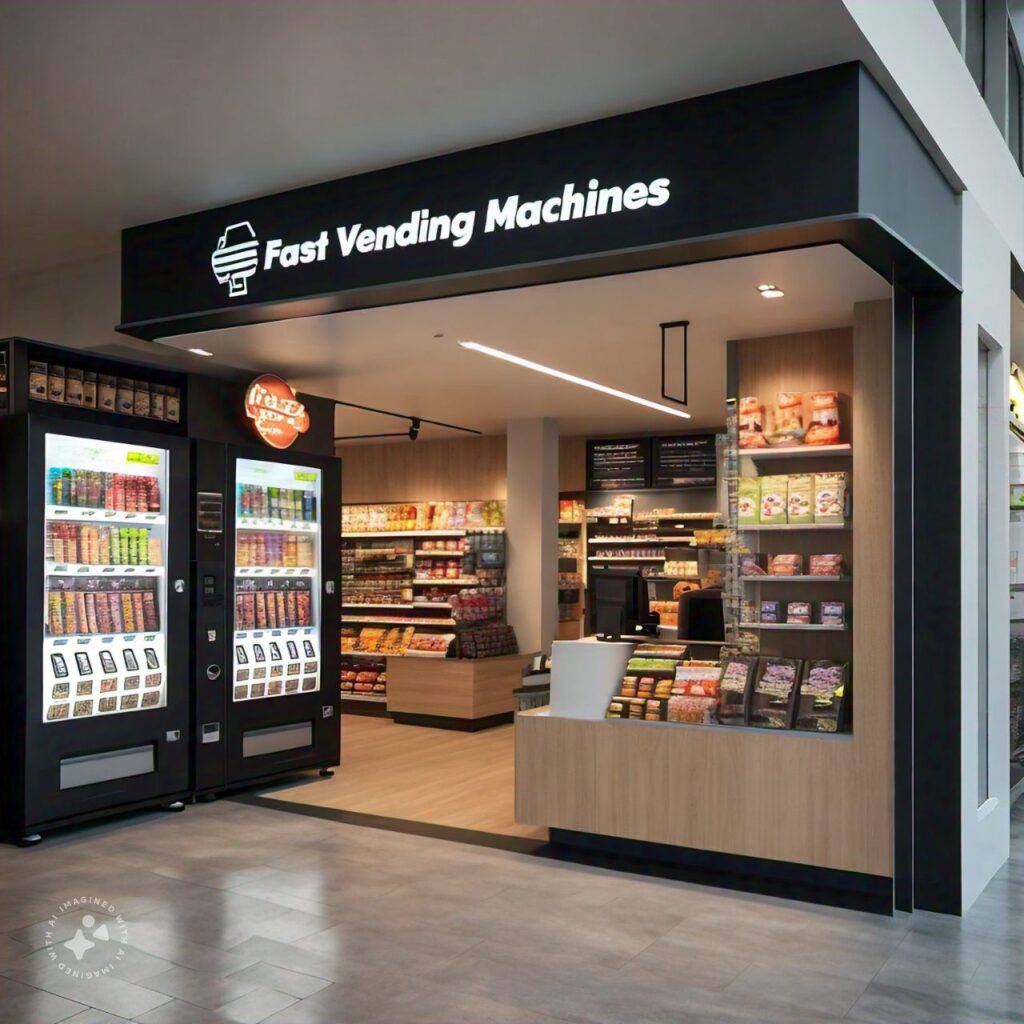Introduction
Going Cashless: Modernizing Your National Vending Machine Program
The vending machine industry is rapidly evolving, with technological advancements transforming traditional operations. One significant shift is the move towards cashless transactions. As consumer preferences change and digital payments become more prevalent, it’s essential for vending machine operators to adapt. This article explores the importance of cashless vending, its benefits, and how to implement this technology in your national vending machine program.
The Argument for Cashless Vending
Consumer Behavior and Digital Payments
The rise of digital payments has fundamentally altered how consumers make transactions. With more than 90% of consumers using some form of digital payment annually, the demand for cashless options is clear. This trend, accelerated by the pandemic, necessitates a shift in vending machine technology to meet consumer expectations.
Convenience and Efficiency
Cashless vending machines offer unparalleled convenience. They eliminate the need for physical currency, streamline the purchasing process, and reduce the time consumers spend at the machine. This efficiency not only improves customer satisfaction but also increases transaction volume.
Benefits of Cashless Vending Machines
Enhanced Security
Cashless vending significantly reduces the risk of theft and vandalism. Without cash on hand, machines are less attractive targets for criminals. Additionally, digital transactions provide a traceable record, enhancing monitoring and reducing fraud.
Improved Operational Insights
Cashless systems provide valuable data on sales and inventory levels. This information allows operators to optimize stock levels, reduce downtime, and make informed decisions about product offerings and machine placement.
Increased Sales
Consumers are more likely to make spontaneous purchases with the convenience of digital payments. Cashless vending machines can accept a variety of payment methods, including credit and debit cards, mobile payments, and digital wallets, thus broadening the potential customer base.
How Cashless Vending Machines Work
Technology Integration
Transitioning to cashless vending doesn’t always require new machines. Existing machines can be retrofitted with wireless cellular devices to enable digital payments. This approach allows operators to gradually introduce cashless options without significant upfront investment.
Payment Systems
Modern vending machines can accept multiple forms of digital payments, from credit cards to mobile apps like Apple Pay and Google Wallet, crypto wallets. These systems are user-friendly and secure, ensuring a seamless transaction process for consumers.
Transitioning to Cashless Vending Machines
Assessing Viability
The first step in transitioning to cashless vending is a thorough assessment of your current machines and consumer base. Consultation with a national vending service provider can help determine the best approach for your specific needs.
Implementation Strategy
Start with a pilot program in select locations to gauge consumer response and address any operational challenges. Based on the results, gradually expand the cashless option across your network. Collaboration with your vending service provider is crucial for a smooth transition.
Marketing and Consumer Education
Educate consumers about the new payment options through clear signage and promotional campaigns. Highlight the benefits of cashless transactions to encourage adoption.
Challenges and Solutions in Cashless Vending
Technical Issues
Technical challenges, such as connectivity problems or system malfunctions, can disrupt operations. Regular maintenance and reliable customer support are essential to minimize downtime and ensure smooth functioning.
Consumer Resistance
Some consumers may be hesitant to adopt cashless payments. Providing multiple payment options and clear instructions can help ease this transition. Additionally, offering incentives for cashless transactions can encourage usage.
Cost Considerations
While the initial investment in cashless technology can be significant, the long-term benefits, such as increased sales and reduced theft, often outweigh the costs. Work with your service provider to find cost-effective solutions that fit your budget.
Future Trends in Vending Machine Technology
Mobile Integration
Future vending machines will likely offer enhanced mobile integration, allowing consumers to place orders via apps and receive personalized recommendations based on purchase history.
AI and Machine Learning
AI and machine learning can optimize inventory management, predict consumer preferences, and personalize the vending experience. These technologies can significantly enhance operational efficiency and customer satisfaction.
Sustainability
Sustainability is becoming increasingly important in the vending industry. Future machines may incorporate energy-efficient technologies and offer eco-friendly products, aligning with consumer demand for greener options.
Related Content: Apple Pay and Other Mobile Payment Options for Vending Machines
Related Content: Getting a Vending Machine Credit Card Reader for Convenience
Frequently Asked Questions
How do cashless vending machines work?
Cashless vending machines use wireless cellular devices to accept digital payments. Consumers can use credit/debit cards, mobile payments, and digital wallets to make purchases.
What are the benefits of cashless vending machines?
Benefits include enhanced security, increased sales, improved operational insights, and greater convenience for consumers.
Can existing vending machines be converted to cashless?
Yes, existing machines can be retrofitted with cashless payment systems, allowing operators to gradually transition without significant upfront costs.
What payment methods are supported by cashless vending machines?
Cashless vending machines can support a variety of payment methods, including credit/debit cards, mobile payments, and digital wallets like Apple Pay and Google Wallet.
How can I start transitioning to cashless vending machines?
Begin with a pilot program in select locations, assess consumer response, and address any technical challenges. Gradually expand the cashless option across your network with the help of a vending service provider.
What are the challenges of implementing cashless vending?
Challenges include technical issues, consumer resistance, and initial cost considerations. These can be mitigated with proper planning, education, and collaboration with service providers.
Conclusion
Transitioning to cashless vending machines is a strategic move that aligns with changing consumer preferences and technological advancements. By adopting cashless technology, vending machine operators can enhance security, improve operational efficiency, and increase sales. The shift requires careful planning and collaboration, but the long-term benefits make it a worthwhile investment. Embrace the future of vending and stay ahead of the curve with cashless vending solutions. Going Cashless: Modernizing Your National Vending Machine Program

